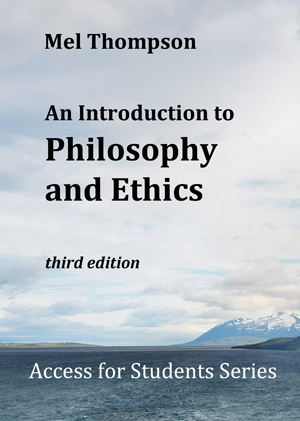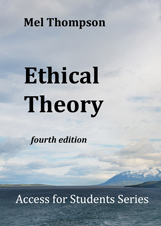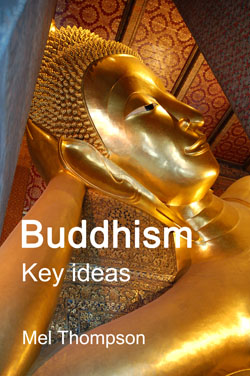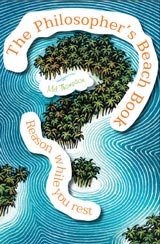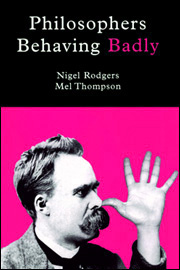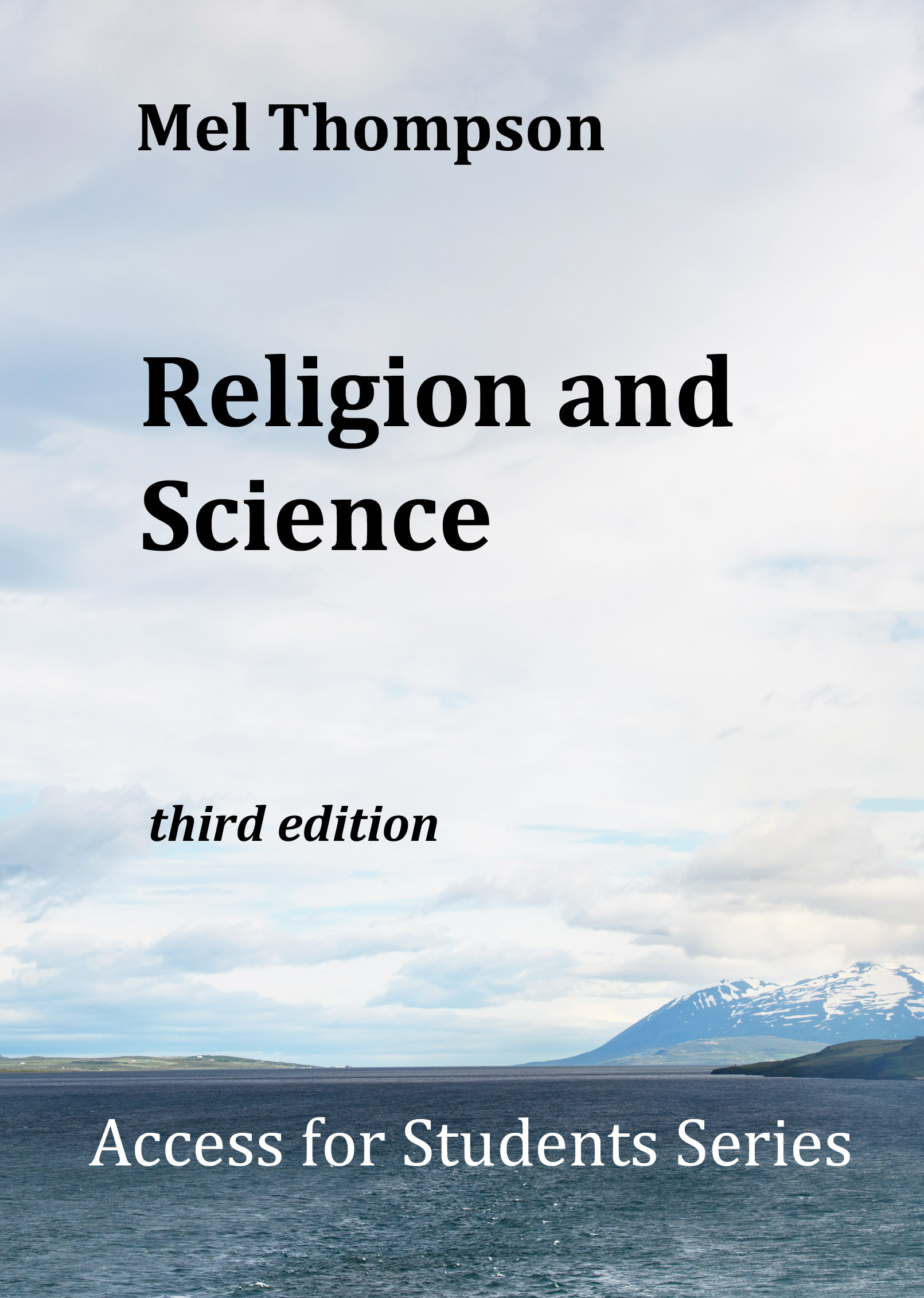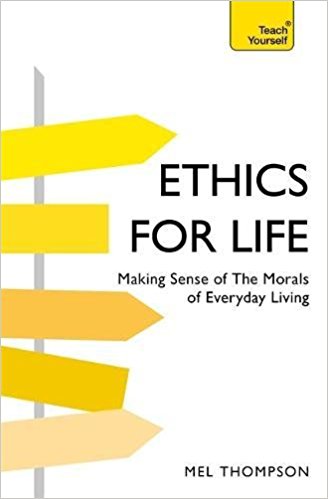Neuroscience and the Hard Problem of Consciousness
Two recent articles – one in the Guardian and the other in The Observer – have prompted my to reflect again on the problem of how the brain appears to produce consciousness, in other words how it is that neural activity is experienced by us as colour, sound and so on – generally termed the ‘Hard Problem’ of consciousness. But my personal view is that those who are stumped by the ‘Hard Problem’ may be asking the wrong question, as I’ll explain in a moment.
 But first, for anyone wanting a straightforward introduction to the ‘Hard Problem’ of consciousness, I’d recommend taking a look at Oliver Burkeman’s piece in the Guardian on 21st January 2015. Click here for the link.
But first, for anyone wanting a straightforward introduction to the ‘Hard Problem’ of consciousness, I’d recommend taking a look at Oliver Burkeman’s piece in the Guardian on 21st January 2015. Click here for the link.
Put simply, the problem is that we really don’t understand why it is that the complex operations that go on in the brain produce consciousness at all. How does brain activity relate to my experience of something being colourful, for example? Why do we have this experience of sound, sight, touch, taste and smell? Might it not be possible to encounter a Zombie who processed experience and responded to it, with the brain acting as a computer with input and output data, but with absolutely no internal kaleidoscope? How can we understand the experience of another creature? One might reflect on Nagel’s famous article ‘What is it like to be a bat?’ These and related issues have been explored by David Chalmers and others over the last 20 years or so since he introduced the term ‘Hard Problem,’ and they are a key feature of the Philosophy of Mind.
So why is this problem hard?
On the one hand, we all know what it is to be conscious; more than that, consciousness is our whole relationship with the world – if you were unconscious, you would not be reading this! On the other hand, many well-respected philosophers – including Daniel Dennett and the Churchlands – argue for a strictly materialist position, namely that the only reality is located in the physical brain and its operations; consciousness is an illusion. And this, of course, follows from the widely held view that material stuff is all there is. For the strict materialist, the mind is simply an epiphenomenon – produced as a by-product of brain activity. Such a position is opposed to any form of the old Cartesian dualism, where mental and physical operations were distinct but somehow linked together. It is a reaction against the old ‘ghost in the machine’ (to use Gilbert Ryle’s famous phrase). Mostly, when dealing with matters scientific, we think as materialists but experience as dualists; we can’t get away from the fact that our experience of ourselves experiencing the world is quite different from what we can physically examine and quantify. Surely, the most fundamental thing about us – that in which we ‘live, move and have our being’ (if you’ll excuse the religious overtones) – cannot be dismissed as an illusion!
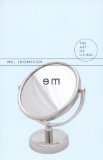 Then I read Tim Adams’ interview with Normal Doige in The Observer (8th February 2015), where the rather controversial Doige talks about the brain’s plasticity and its ability to heal itself. My frustration with his position is not with his medical claims (although I’d like to see far more evidence for the sort of self-cure that he describes) but with the fact that brain plasticity is nothing new. It’s the basis of all brain development and the learning of skills. As we grow and experience, we shape ourselves – and if you want to know more about how I see that process, read my book in the Acumen Press ‘Art of Living’ series - Me. I believe that the dynamic, plastic nature of the brain may help us to come to terms with the nature of consciousness.
Then I read Tim Adams’ interview with Normal Doige in The Observer (8th February 2015), where the rather controversial Doige talks about the brain’s plasticity and its ability to heal itself. My frustration with his position is not with his medical claims (although I’d like to see far more evidence for the sort of self-cure that he describes) but with the fact that brain plasticity is nothing new. It’s the basis of all brain development and the learning of skills. As we grow and experience, we shape ourselves – and if you want to know more about how I see that process, read my book in the Acumen Press ‘Art of Living’ series - Me. I believe that the dynamic, plastic nature of the brain may help us to come to terms with the nature of consciousness.
I think the reason we still have a ‘Hard Problem’ with consciousness is that we’ve been asking the wrong question….
Ask how the brain produces consciousness and you hit a wall. There really seems no way of getting from neural activity to conscious experience. And that will remain true in the future even if a perfect neuroscience is able to analyse brain activity down to the individual neuron, and show me exactly which bits of my brain appear to be controlling which of my experiences and thoughts. I can see no way in which the Hard Problem can be solved by better neuroscience.
But reverse the question and things become much more interesting. Start with the given; start with what you know – consciousness. How is it possible for consciousness to create and shape the features of a functioning brain? How is it that experiencing something can be encapsulated by brain activity in response to sensory stimulation? In other words, how does the brain handle consciousness?
 And we need to start here, because we have evolved, and with our evolution has come the development of senses, nervous systems and the brain. The brain has not been dropped into our heads ready formed by some deus ex machina. It has developed and increased in size over long periods of evolution in response to, and in order to further facilitate, our increasingly complex consciousness. The brain performs a function, and a significant part of that function is to enable us to understand and respond to our experience; it remembers and evaluates, so that it can respond appropriately to similar experiences in the future. That function enables us to survive, and the survival benefit of that function has enabled us to develop with ever increasing neural capacity.
And we need to start here, because we have evolved, and with our evolution has come the development of senses, nervous systems and the brain. The brain has not been dropped into our heads ready formed by some deus ex machina. It has developed and increased in size over long periods of evolution in response to, and in order to further facilitate, our increasingly complex consciousness. The brain performs a function, and a significant part of that function is to enable us to understand and respond to our experience; it remembers and evaluates, so that it can respond appropriately to similar experiences in the future. That function enables us to survive, and the survival benefit of that function has enabled us to develop with ever increasing neural capacity.
And this, of course, is where neuroplasticity comes in. The brain is constantly changing and developing in response to consciousness. You start, as a baby, with a brain that is all potential but with very little experiential content – which does not mean that the brain is not already supremely active and essential, for most of what it does controls the automatic systems that operate unconsciously within the body. But in terms of the human person and the experiences they have, it is relatively unformed – neural pathways are etched upon the brain with experience, becoming ever more complex, and building layer upon layer. We also know – as Doige and others have pointed out – that the brain can adapt and heal itself in certain circumstances. In other words, the brain is evolving, changing and adapting, responding to the world as it is experienced and presented by the senses.
So let’s start with the basics, but from our reversed perspective…
A thermometer does not create warmth or cold, it simply records them. Our senses, nerve pathways and neural activity do not cause the external world of colour and so on, they just record, remember and respond to them. (I know we could get into Locke’s distinction between primary and secondary qualities here, but let’s just hold to the fact that all we experience is related to our sense organs.) Being conscious is simply a matter of having that recording and responding mechanism in place and functioning. But those senses have developed over evolutionary time in order to revealed the world and enable us to live in it – in other words, without the ability to find food, one would starve, and learning to recognize and get food is a pretty essential for life. Watch the development of a baby in the first few months of its life and you see a movement from a closed-in response of pain or pleasure, to a person who can recognize another human being and knows where food is to be found. After a few months, the baby takes an interest, gives attention, and starts to manipulate to get what it needs.
You could not choose to walk, or indeed to flee a predator, if all you were aware of was the muscle tissue in your legs; to understand consciousness, do not just look at the mechanisms that handle it. The operation of the muscles results from your perception of the need for movement. Consciousness is that process of perception, recognition and response. The brain is part of the physical mechanism that makes this possible, but you don’t see the perception by looking at neurons, even if it is the neurons that respond to it. It’s not that you are not looking sufficiently accurately or closely, it’s simply that you are looking in the wrong place or in the wrong way.
Where the brain is damaged, recognition and response are impaired, even if perception still functions. Hence the sad spectacle of the dementia patient, who is polite to, but does not recognize his spouse or children. A scan will reveal the brain damage – but that damage is not the same thing as the failure to recognize a relative. Being conscious is dependent upon the brain, just as sight is dependent upon the eye; but sight and eye are two different things, and so are consciousness and brain.
That does not imply that there is some ‘spook stuff’ around, over and above the material world. Indeed, I have always been frustrated by that silly term – which is designed to be nonsense. Is sight real? Of course! Is there some physical element in sight over and above the process by which light waves impinge on the retina etc etc? Of course not! There’s nothing ‘spooky’ about sight, or hearing, or thought; but none of them constitute physical entities over and above the physical mechanism through which they operate.
Consciousness only works as an on-going process; the act of being conscious of something is related to past experience as much as present; one cannot be conscious in a timeless environment, because consciousness relates past to present and future; consciousness always relates to what you already know. Take a static view, and sight vanishes from the eye; consider the dynamic operation, and the eyeball, optic nerve, etc are engaged in a process of seeing. The optic nerve does not reveal what it is that the person is seeing; electrical and chemical activity is mere mechanism. It is (almost) impossible to tell, from a photograph of an orchestra, what piece of music the musicians are playing; music is a dynamic process, killed by being fixed in time. The mad materialist tears a violin apart looking for a Bach sonata!
As technology progresses we understand more about the process of recording, remembering and reproduction. My digital camera does quite a good job with light; my recorder with sound. Such mechanical devices are a crude version of what is happening within human perception – and they do at least give us an idea of how the infinitely more complex set of human senses work. But surely they also teach us that, when you work at the level of pixels and processors, you are not engaged with the subtleties of colour being recorded in the photograph.
And here’s the point. When we experience, we are immersed in the world. When we think and analyse, we stand back from the world and try to make sense of it. Once we do that, the mystery of the engagement with life is set aside.
Proust famously opens up the recollection of a whole life, prompted by the taste of a Madeleine. Our consciousness is rich, because that wonderful instrument – the brain – is able to remember and collate past experience to enhance and enrich what we perceive at this moment. Every act of seeing is a remembering. Consciousness is enhanced by the brain, and spoiled if the brain does not function well.
It is, of course, a beautiful mystery as to how it is that we experience anything at all, and I would be the last person to suggest that somehow the process of consciousness is obvious; it isn’t. But we do ourselves no favours if we follow a narrowly defined materialist position and then hope to understand consciousness. Consciousness is the point from which your enquiry starts; the amazing power and flexibility of the brain in enabling and handling consciousness is a marvel that follows from it.
The Hard Problem – of consciousness and of other philosophical issues – is avoiding a narrow materialism that sees the only option to its own physical analysis as a return to a pre-intellectual and superstitious dualism. I’d replace the term ‘Hard Problem’ with ‘Real Challenge,’ since the former suggests that it’s a problem like others, but more difficult, while the latter points to the need to stand back from the whole line of questioning. Consciousness is the most wonderful example of why a narrow physical analysis is inadequate to explain what we all know and experience.
The Hard Problem of consciousness is not just about consciousness, it is about life and its relationship to thought. We know what consciousness is; we recognize when someone is unconscious; we distinguish between animate and inanimate, conscious and unconscious; we know what it is to be conscious, because we know what it is to be embedded in our world.
The faculty for understanding consciousness is imagination, not analysis. To reflect on one’s immersion in a world of space and time, colour and sound, is a source of wonder. It is something to be enjoyed or grieved over, but it is not something that can be ‘understood’ in the normal sense of that word. It is not – and I suspect never will be – open to a full explanation in reductive, physical and rational terms.
The eye can see everything except itself. That’s life!
Return to Philosophy of Mind page...


